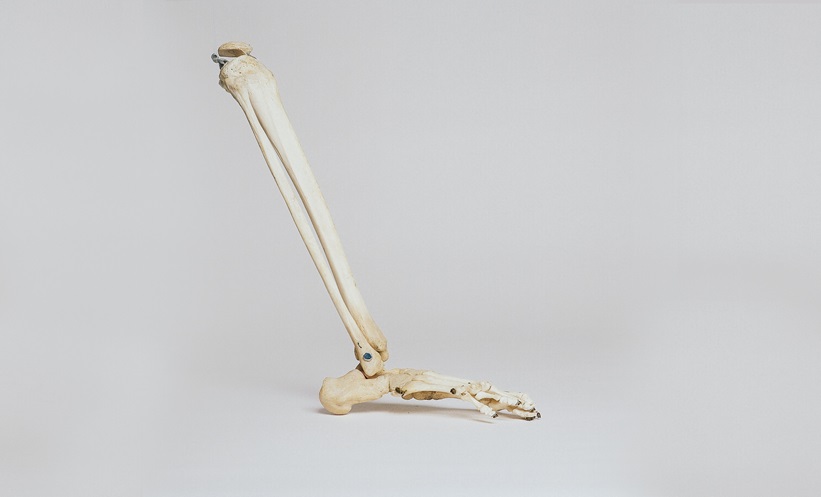SCREENING for osteoporosis is considerably lower in patients with cirrhosis compared with the general population, and less than 25% of those with low bone density are treated, according to a recent study. These patients are at higher risk of osteoporosis-related fractures, which is why prevention is crucial to improve quality of life and clinical outcomes; however, this aspect of care is often overlooked.
A team from the University of Minnesota, Minneapolis, USA, conducted a retrospective chart review of 5,398 adults with cirrhosis (55.6% male; median age: 59 years) seen between 2015–2021, to evaluate osteoporosis screening and medical management, as well as adverse events related to therapy.
During the study period, a dual X-ray absorptiometry scan was ordered for 23.5% of patients, but only 12.5% completed this scan. Data showed that females (odds ratio [OR]: 2.11; 95% confidence interval [CI]: 1.83–2.43), White patients (OR: 1.27; 95% CI: 1.04–1.56), older patients (OR: 1.02; 95% CI: 1.02–1.03), those with a history of hepatocellular carcinoma (OR: 1.82; 95% CI: 1.46–2.25), and those with higher Model for End-stage Liver Disease-Sodium (MELD-Na) score (OR: 1.03; 95% CI: 1.02–1.04), were more likely to be referred for a scan. The number of scans ordered was also higher in those with other risk factors for osteoporosis, such as breast cancer (OR: 1.74; 95% CI: 1.1–2.73), postmenopausal status (OR: 8.45; 95% CI: 6.64–10.75), and rheumatoid arthritis (OR: 1.58; 95% CI: 1.08–2.32).
Of the patients who completed the scan, 30.2% had osteoporosis, and 48.5% had osteopenia. A total of 22.6% of patients with osteoporosis were treated, usually with oral bisphosphonates (13.4%).
The study team stated: “A minority of patients with cirrhosis are screened for osteoporosis, despite higher rates of abnormal bone density compared to the general population. Moreover, under a quarter of patients diagnosed with osteoporosis were started on treatment.” They concluded that clearer, more comprehensive guidelines are needed to promote screening and treatment for osteoporosis in patients with cirrhosis. This could be achieved by facilitating endocrinology consultation in this population.








